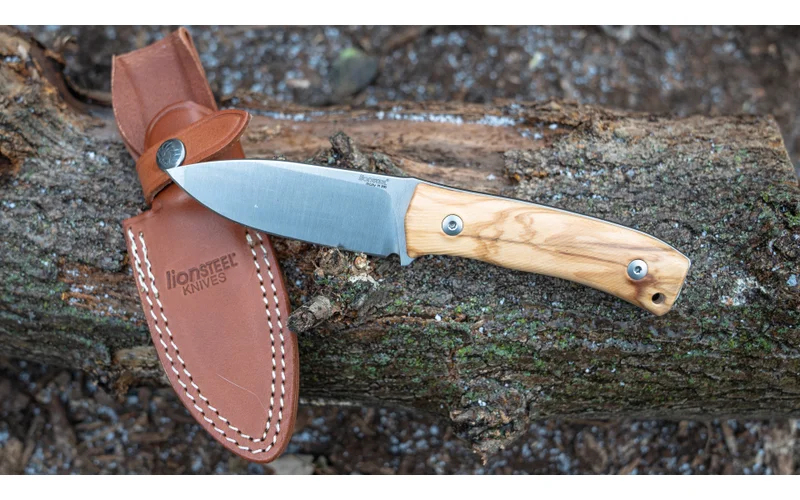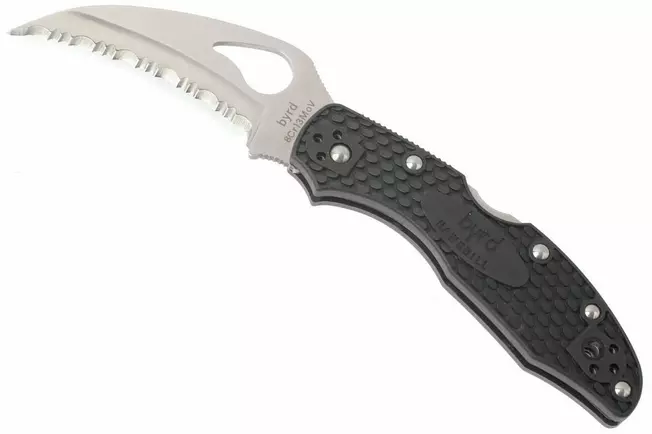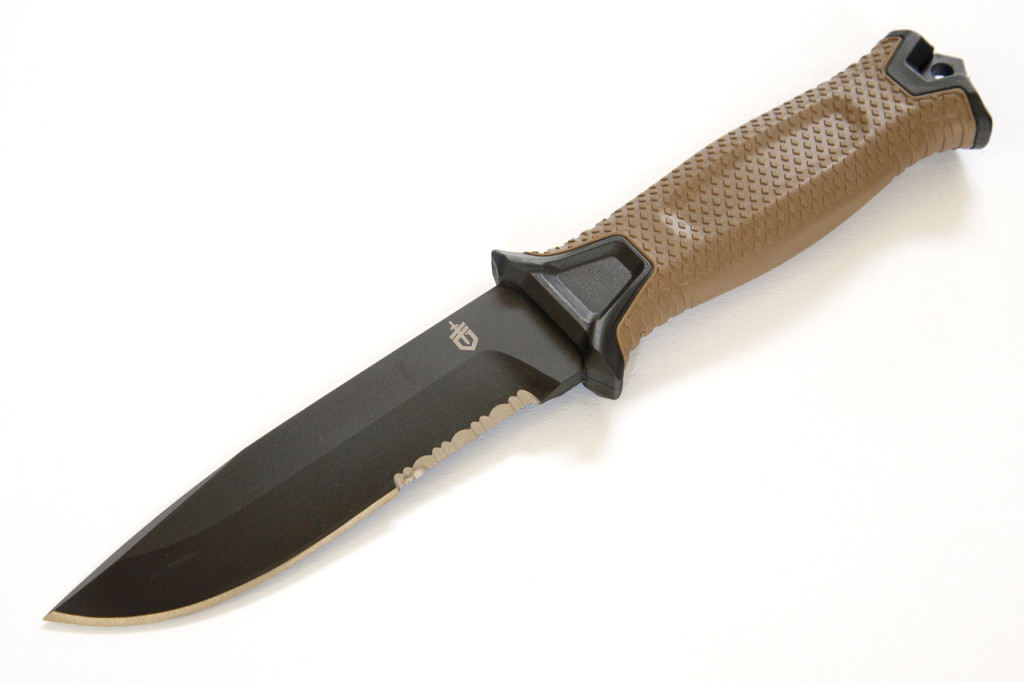Knife control and grip are crucial. Jimping improves these features and is often neglected. What’s knife jimping? This guide will explain jimping, its benefits, and its knife uses. This essay will help you understand this vital aspect, whether you’re a chef, outdoorsman, or curious about knife-making.
What is Jimping on a Knife?
Jimping on a knife is the little notches or grooves on the spine, back, or handle. These notches improve knife grip.
Jimping’s location and design determine its uses. Jimping on the spine of a blade can provide your thumb greater traction, letting you apply more pressure or control when cutting or carving delicately. In precise blade control conditions, it prevents your thumb from slipping.
Knife handles with jimping improve grip and prevent hand movement. It is very beneficial when applying force or pressure to the knife without slipping.
Jimping might have serrations, scalloped edges, or plain notches. Jimping has aesthetic and utilitarian appeal for knife enthusiasts.
Jimping improves grip, control, and knife handling, making it popular among knife users, especially those who use knives for outdoor activities, survival, or delicate cutting.
The Purpose of Jimping

Jimping helps knife users in several ways. Let’s examine the main reasons why knives have jimping:
Improved Grip: Jimping increases knife-to-hand friction, improving grip. Even when wet, the notches prevent fingers from slipping.
Better regulate: Knives with jimping let users regulate the blade’s movement. Jimping lets users confidently and accurately accomplish complex tasks by adding points of contact.
Safety: Jimping reduces knife slips and mishandling. With a good grip and control, the knife is less likely to slide and injure.
Thumb Placement: Knife thumb ramp jimping helps secure the thumb. This helps when exerting downward pressure or controlling force.
Exploring Different Types of Jimping

Common knife jimping includes:
Thumb Jimping: This sort of jimping is situated on the blade spine near the handle to improve thumb grip. It usually has little notches or grooves that let your thumb rest on the blade, improving control during precision cutting.
Index Finger Jimping: Some knives have jimping on the spine at the tip for index finger traction. This lets you control and leverage intricate cutting and piercing movements.
Choil Jimping: The blade-to-handle junction. This portion may contain jimping to help your index finger grasp the blade when choking. It improves precision cutting.
Handle Jimping: This jimping occurs on the knife handle instead of the blade. It adds traction and prevents hand slippage on the handle’s back or edges. Handle jimping helps with pressure and gripping.
Spine-to-Tang Jimping: Some knives have jimping from the spine to the tang, which continues into the handle. This jimping allows you to modify your hand position without losing control.
Textured Jimping: Some knives have textured jimping instead of notches or grooves. Scalloped edges, forceful serrations, and diamond-shaped protrusions are examples. Textured jimping gives thumbs and fingers greater surface area to grasp.
Common Questions
Jimping affects blade cutting?
Jimping does not affect blade performance. Jimping improves grip and control, not cutting skill. Blade shape, sharpness, and steel grade affect cutting.
Jimping on any knife?
Jimping can be added to most knife designs, depending on application and manufacturer. It’s more common on knives built for precision control and a tight grip. Outdoor, tactical, and culinary knives typically have jimping.
Alternatives to jimping for grip?
Jimping is a popular knife grip improvement method, but there are others. To improve grip, several knife makers use rubberized or checkered grips. Ergonomic handles improve grip and control without jimping.
Can I jimpe my knife?
Jimping an existing knife needs accuracy and skill. Professionals or knife-makers should modify a knife’s blade or handle. Before modifying the knife, check its structural integrity and balance.
Jimping affects knife ergonomics?
When done right, jimping can improve knife ergonomics. Jimping improves user comfort and control by increasing traction and grip. Poorly done or aggressive jimping can cause discomfort and damage the knife’s ergonomics.
Jimping foldable knives?
Folding knives can have jimping. Jimped spines of several folding knives improve grip and control. However, the jimping must not disrupt the folding mechanism.
Conclusion
Overall, jimping improves knife grip and control. Jimping increases traction and prevents slippage, improving user safety, precision, and performance. Understanding jimping is essential for choosing the correct tool, whether you’re an outdoorsman, chef, or knife collector.
Next time you use a knife, look at the jimping and appreciate its role in gripping.
